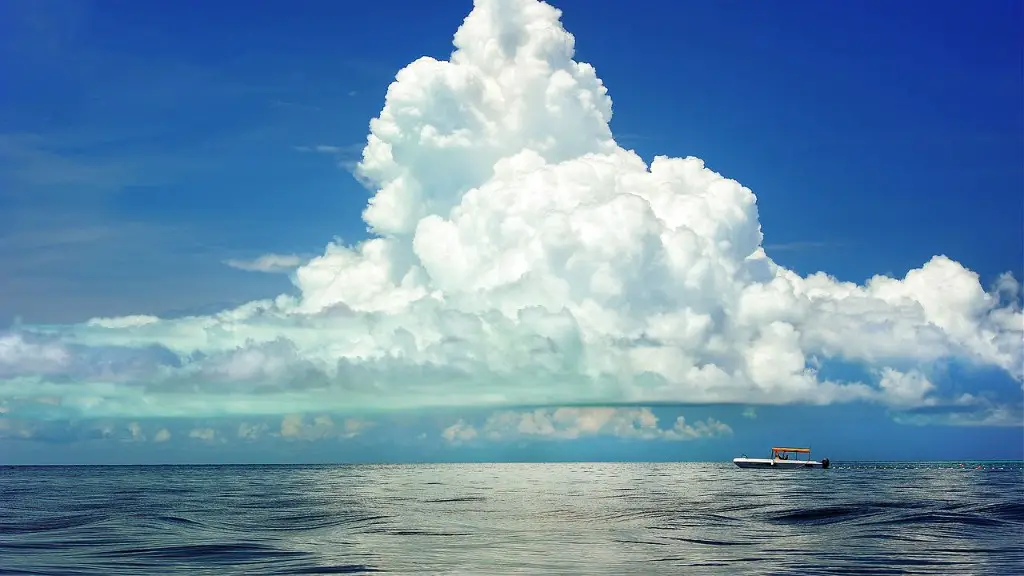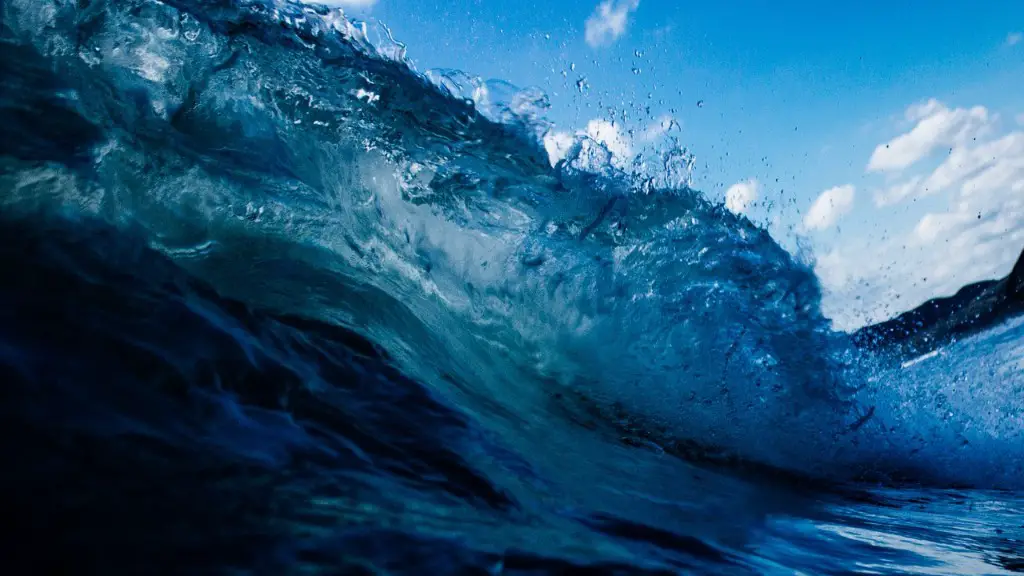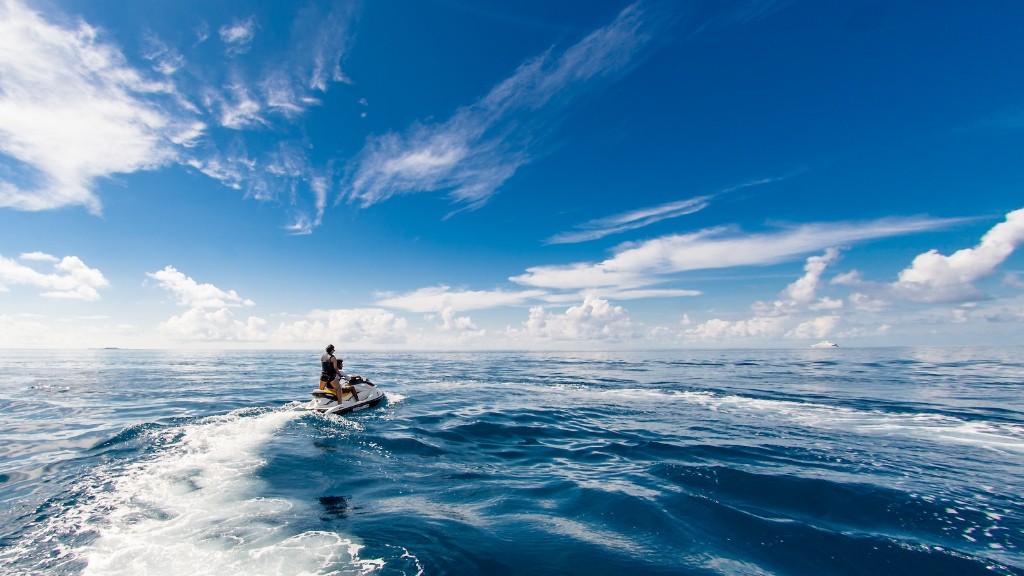The South China Sea: Overview of a Contested Region
The South China Sea is one of the world’s most contested regions and an area of active geopolitical interest. It is located in the western Pacific Ocean, surrounded by several countries and territories such as China, the Philippines, Vietnam, Taiwan and Brunei. The South China Sea is a strategic location, an important trading route and abundant in both marine and mineral resources. Its significance is often underscored by the potential for conflict that looms due to multiple, overlapping territorial claims and the presence of a significant amount of military assets in the region.
Most of the parties involved in the dispute claim territorial rights in the South China Sea, often relying on historic records or traditional fishing boundaries to support their claims. Considering the economic and strategic value of the region, it is no surprise that the South China Sea has been the subject of various diplomatic attempts and also condemned by international law. In fact, in 2016 the Permanent Court of Arbitration ruled that China’s claims of historic rights over the South China Sea had no legal or factual basis.
In spite of this ruling, the multiple claims of sovereignty have resulted in intense militarization in the region. China alone has constructed numerous artificial outposts and has deployed military vessels, fighter jets and surface-to-air missiles. The United States, Japan, the Philippines, Indonesia and Vietnam have also increased their naval presence in the region.
Examining the Potential Outcome of a War in the South China Sea
The potential outcome of a war in the South China Sea is a complex question that carries a certain degree of uncertainty. Given the important role the region plays in global trade, any hostilities would have far-reaching and potentially devastating consequences. Given this, it is important to examine the military capabilities of the countries involved in the dispute.
China is by far the most powerful nation in the region. It has an experienced and well-equipped military with considerable resources and a growing modernized navy. In addition, the country has benefited from its economic growth in recent years, giving it a significant edge in military technology. In contrast, most of the other countries in the region are behind in terms of military technology and lack the resources to go up against China.
However, both the United States and Japan maintain a strong permanent military presence in the South China Sea. The two nations have a long history of cooperation and are two of the most powerful militaries in the world. Moreover, the United States is a treaty ally of several of the countries in the region, meaning that in the event of a conflict, it would likely come to their aid.
The Philippines is another non-traditional country that has an important role to play in any potential conflict in the region. As a US treaty partner, it stands as an important counterbalance to any Chinese aggression in the region. Another important player is Vietnam, which has long had a territorial dispute with China and is a strong advocate for freedom of navigation in the South China Sea.
Conclusion
It is difficult to predict the outcome of a potential conflict in the South China Sea. China has the upper hand in terms of military might and resources, but there is also a strong coalition of countries that could provide a counterbalance. If a war were to erupt, the consequences would be severe and the outcome uncertain. It is in everyone’s best interest that diplomatic attempts are successful and an understanding is finally reached between all parties involved.


